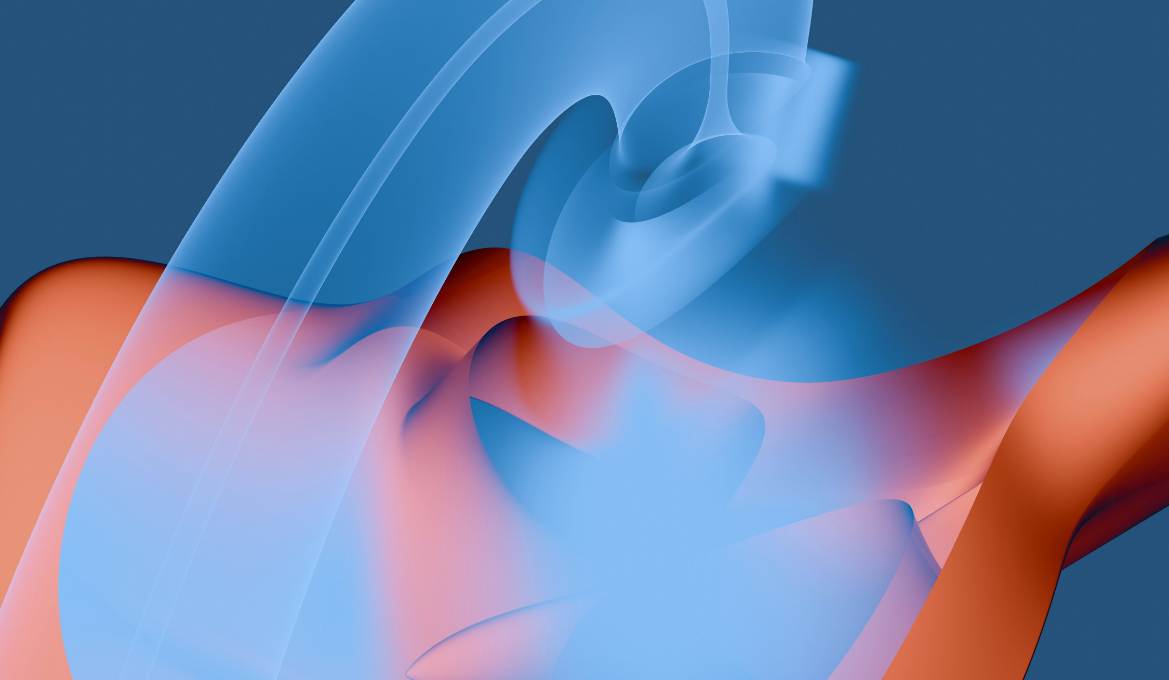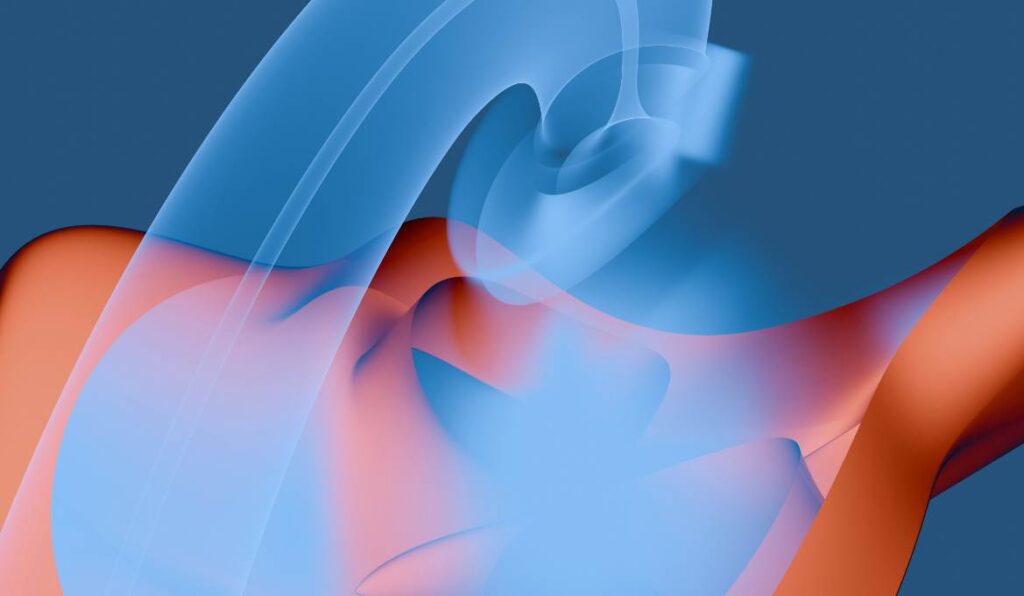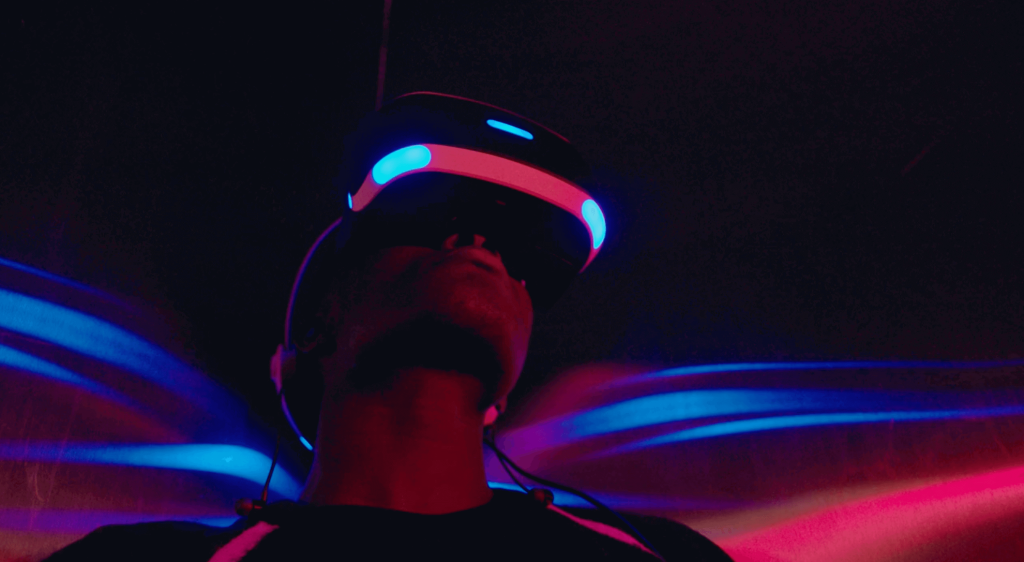The field of Artificial Intelligence (AI) is advancing at an unprecedented pace, with new innovations constantly reshaping the landscape. From robotics competitions that challenge the limits of machine intelligence to soil health robots designed to enhance agricultural efficiency, the synergy of AI and robotics is creating a transformative impact across various sectors. Furthermore, developments in autonomous driving training data are setting the stage for safer and more efficient transportation systems. In this article, we will explore these current advancements in AI, their implications, and the potential future they portend.
.
**Robotics Competitions: A Crucible for Innovation**
Robotics competitions have become a cornerstone for AI and robotics research, fostering innovation through challenges that push the boundaries of technology. Events like the FIRST Robotics Competition and the RoboCup are not just competitions; they are platforms where students, researchers, and professionals collaborate and innovate. In these competitions, teams are faced with real-world problems that require thoughtful solutions, encouraging participants to leverage AI, machine learning, and advanced robotics.
The 2023 RoboCup highlighted significant advancements in swarm robotics, where multiple robots work in concert to complete tasks. Teams from around the globe showcased robots that can autonomously coordinate with each other to locate and retrieve objects, exemplifying how collective intelligence can surpass individual capabilities. Such developments have vast ramifications, particularly in search-and-rescue missions and disaster recovery, where time is of the essence, and human intervention may be risky.
Moreover, the competitive atmosphere nurtures not just technical skills but also soft skills like teamwork and problem-solving, ensuring that the next generation of engineers is well-rounded and prepared for the challenges that lie ahead.
.
**Soil Health Robots: Revolutionizing Agriculture**
The integration of AI into agriculture is gaining momentum, with soil health robots emerging as a pivotal innovation. These robots utilize advanced sensors and machine learning algorithms to analyze soil conditions, assess nutrient levels, and recommend tailored interventions for farmers. By employing a range of technologies such as spectral imaging, data analytics, and AI-driven decision support systems, these robots can optimize crop yields while minimizing environmental impacts.
One benchmark in this field is the SoilBot, which can navigate fields autonomously while capturing detailed soil data. The information collected by the SoilBot is analyzed in real-time, enabling farmers to make immediate decisions regarding irrigation, fertilization, and pest control. This is crucial, especially in light of global challenges such as climate change and food security.
Recent studies have shown that using soil health robots can increase agricultural productivity by up to 30%, while also reducing the need for chemical inputs. This advancement aligns with the growing emphasis on sustainable agriculture and precision farming practices, which aim to balance productivity with environmental stewardship.
Corporations and startups alike are investing heavily in this technology, responding to the urgent need for innovative agricultural solutions. With continued investment, it is expected that soil health robots will become commonplace on farms across the world, ushering in a new era of smart agriculture.
.
**Autonomous Driving Training Data: A Pathway to Safer Roads**
The quest for fully autonomous vehicles has accelerated significantly, thanks to breakthroughs in AI and machine learning. One critical aspect of developing reliable autonomous driving systems is the availability of extensive and high-quality training data. Companies like Waymo, Tesla, and Cruise are at the forefront of developing robust datasets that can improve the safety and reliability of their autonomous systems.
In 2023, several organizations introduced innovative approaches to gather and curate autonomous driving training data. One such approach leverages virtual reality (VR) and simulated environments to generate realistic driving scenarios, allowing AI systems to learn from a diverse array of driving conditions without the risks associated with real-world trials. These simulations can incorporate various weather conditions, traffic patterns, and even rare but crucial scenarios, providing a comprehensive dataset that enhances the training experience.
Furthermore, the integration of urban mobility data into the training algorithms allows vehicles to better understand dynamic urban environments, improving their ability to navigate complex situations. This is particularly significant given the unpredictable nature of human drivers and pedestrians, which remains a major challenge for autonomous vehicles.
As training datasets grow richer and more diverse, the performance of AI-driven vehicles is expected to improve substantially. Nonetheless, ethical considerations and safety regulations must also keep pace. Ensuring the privacy and security of data while maintaining public trust in autonomous technology will be paramount as we move forward.
.
**Looking Ahead: The Future of AI and Robotics**
The developments in robotics competitions, soil health robots, and autonomous driving training data represent just a fraction of the innovations emerging from the AI landscape in 2023. As AI continues to permeate various industries, its transformative effects will only intensify. The momentum behind AI-driven robotics will likely lead to new applications, ranging from healthcare robots assisting in surgeries to drones delivering essential supplies in hard-to-reach areas.
In agriculture, the adoption of soil health robots could forecast a shift toward more sustainable farming practices, reducing the reliance on harmful chemicals while ensuring food security. The integration of AI into agriculture will continue to be a crucial factor in addressing global challenges, including population growth and climate change.
In the realm of transportation, the improvement of training data for autonomous driving systems will facilitate safer and more efficient travel, ultimately leading to reduced traffic accidents and congestion. As roadways become increasingly populated with autonomous vehicles, the design of urban spaces will likely evolve to accommodate this shift, fostering a future where AI and advanced robotics play an integral role in everyday life.
In conclusion, the advancements made in robotics competitions, soil health robots, and autonomous driving training data represent the multifaceted potential of AI and robotics. By investing in research, fostering innovation, and addressing ethical concerns, we can harness the transformative power of these technologies to build a more sustainable and efficient future. As we turn our gaze to the horizon, it is clear that the next chapter in AI is just beginning, and the possibilities are as exciting as they are promising.
Sources:
1. RoboCup 2023 Report – International RoboCup Federation (2023)
2. Agricultural Robotics and Automation – Journal of Precision Agriculture (2023)
3. Autonomous Vehicle Testing Innovations – Waymo Safety Report (2023)
4. Soil Health and Sustainable Agriculture – World Agricultural Organization (2023)
5. Advances in AI-Powered Robotics – IEEE Robotics & Automation Magazine (2023)

























